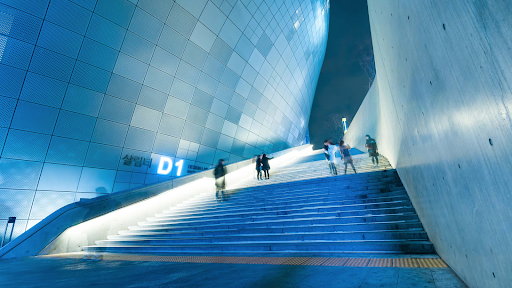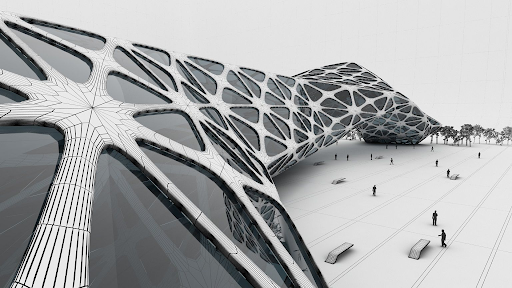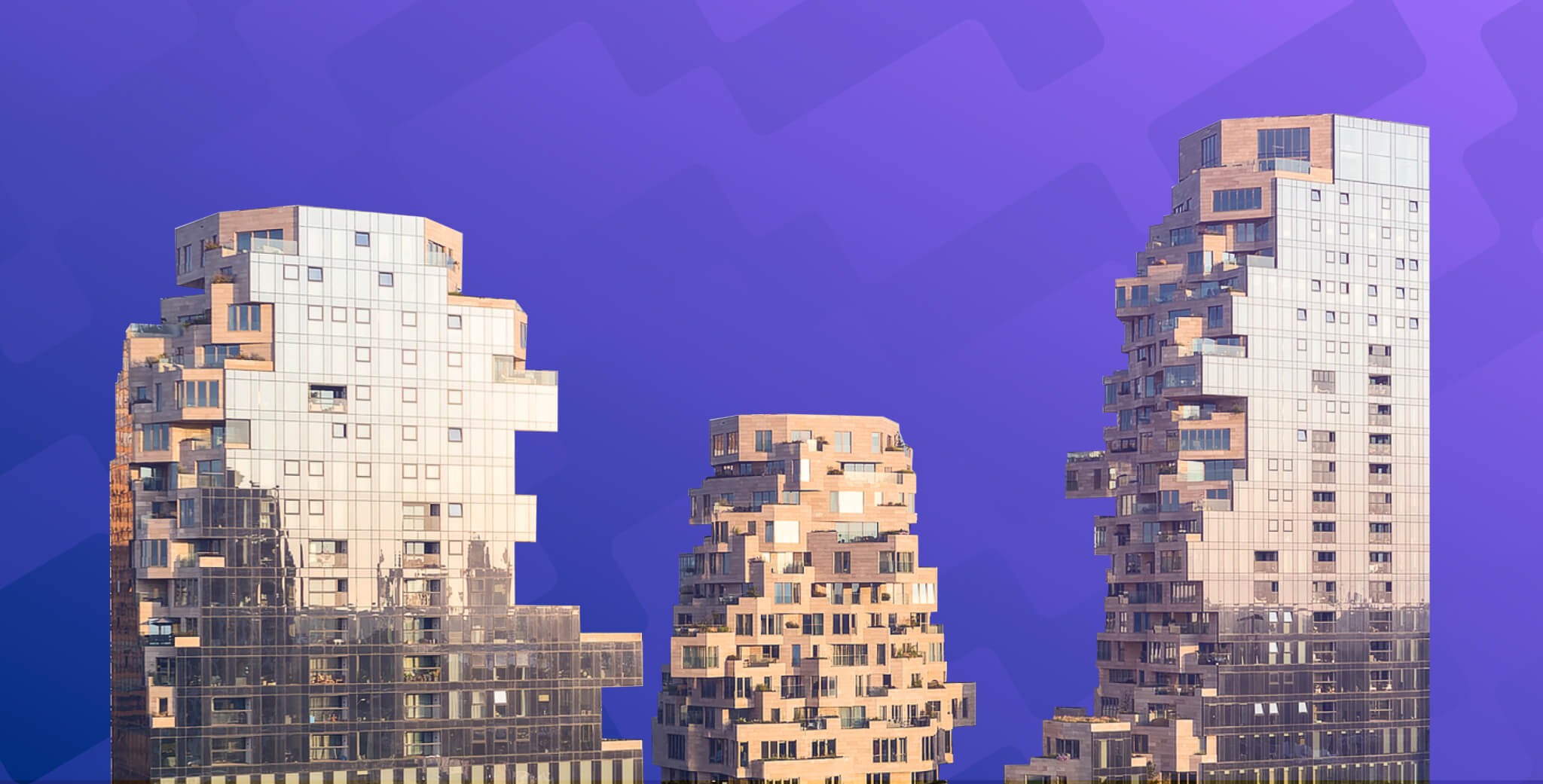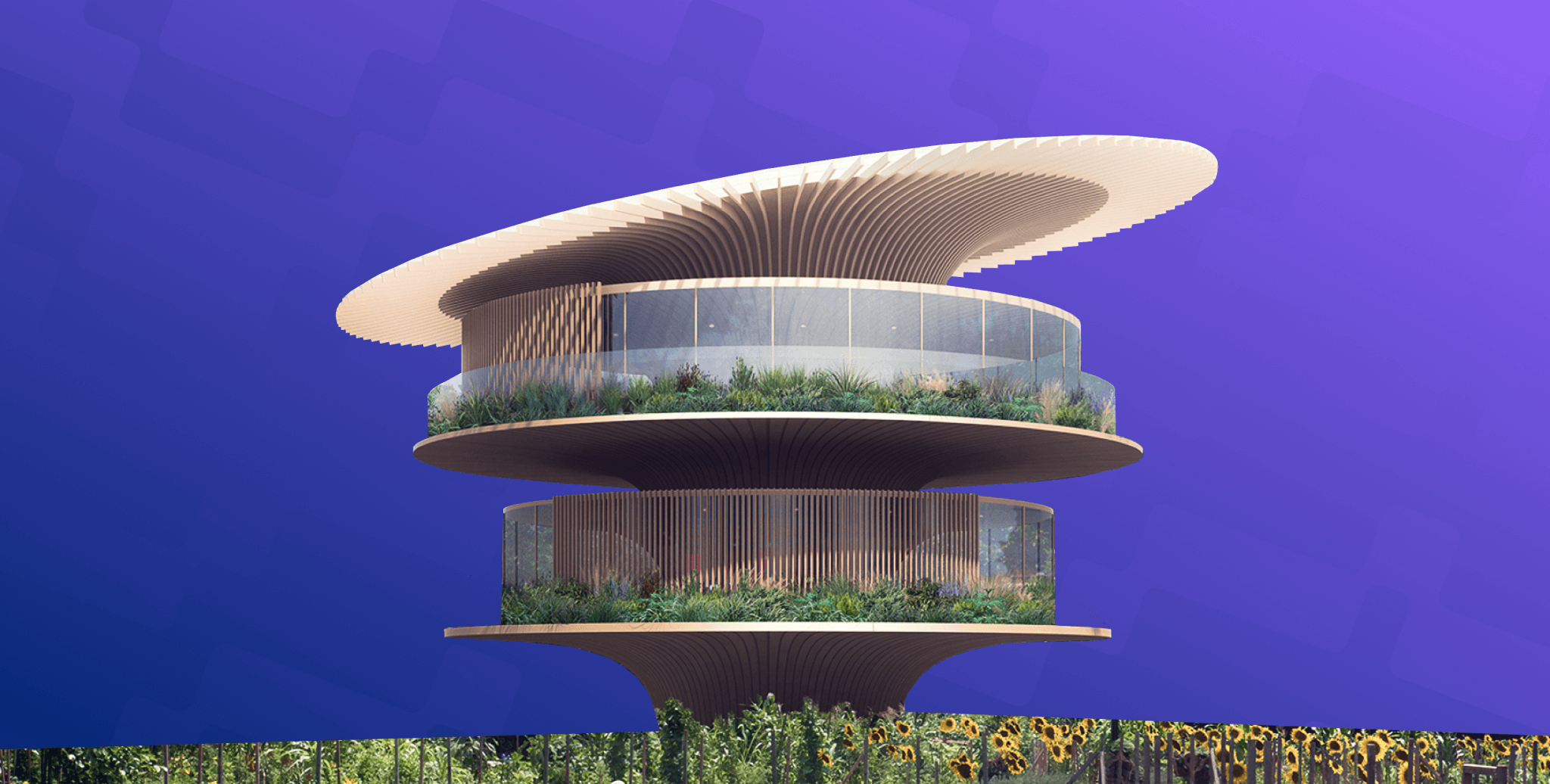How Is Architecture Automation Helping Design Innovation in 2026?

Table of Contents
Automation is revolutionizing the AECO industry. From experimenting with uncanny built forms to using robots for construction, automation is allowing engineers and architects to be more creative and empowered.
Architecture automation is rapidly gaining popularity because of its ability to reduce human effort. It has also made collaboration between global teams easier and faster. A report by Statista states that the automation industry is expected to grow at a CAGR of about 9% until 2026. This suggests that automation will find wide applications across all sectors of the AECO industry.
What is Automation in Architecture?
Automation in architecture refers to the use of technology to automate various tasks and optimize processes in the design, planning, and construction of buildings. This can include using computational design software to generate and test building models, using building information modeling (BIM) to manage and coordinate building data, or even using robotic fabrication methods to construct parts of buildings. Automation can increase efficiency, reduce errors, and improve collaboration among design and construction teams.
History of Automation
The idea of architecture automation evolved during the 1980s in the United States in an attempt to make real estate more saleable. Automated management and control systems were introduced in buildings to assist in building performance and functional efficiency. Installations of sensors for heat and smoke detection became popular but these mechanisms were still based on actions programmed by human effort.
By the late 1980s as technology improved, the concept of smart buildings started metamorphosing into a holistic spectrum comprising various aspects such as the design process, construction techniques, structural components, and environmental compliance. As the popularity of computers increased by the 1990s, architects began using digital tools to curate unique design solutions for their projects. Later, the introduction of cloud-based computing eased collaboration thereby enabling efficient execution of complex building systems.
Read more: Everything You Need to Know About Kinetic Architecture
How is Automation Now Being Achieved in Architecture?

Automation in architecture is being achieved through various digitalized tools and applications that fall under the umbrella of computational design.
Computational Design is a design and build method that uses a combination of parameters and algorithms to provide solutions with advanced computer processing. These technologies provide infinite and feasible design solutions through strategic permutations and combinations. On the computer, every input is translated into a computer-coded language to auto-generate building models and design analysis.
The various verticals of computational design include BIM, generative design, parametric design, artificial intelligence, algorithmic design, biomimetic design, machine learning, and digital fabrication. Architecture automation is achieved with the help of softwares like Rhinoceros 3D, Grasshopper, Siemens NC, Dynamo, CATIA, Param-O, Marionette, Fusion 360 and Vizpro.
How is Automation Affecting Architecture?

Architecture automation is transitioning the AECO industry from a labor-intensive domain to a machine-intensive domain. Below are the key ways in which computational design is upgrading the AECO industry through automation.
Precision in Design
Computational design enables AECO professionals to experiment with unusual forms and fan their creativity. By exploring and analyzing multiple design solutions, architects can achieve accuracy in design. Precision can be achieved in drafting and architectural representations. Having information about potential risks and hazards reduces room for error.
Functional Efficiency
Routine functioning and systems of a building can be enhanced with architecture automation. Integration of Intelligent Building Management Systems is allowing easy management of building services, energy consumption, and other functional aspects of high-rise buildings and skyscrapers. This helps in reducing maintenance costs and providing a better lifestyle to the user while helping the building be more sustainable.
Space Optimization
Designing with computational aid helps in utilizing every square foot of floor space to the tee. The building layout can be optimized by exploring multiple possibilities based on the provided parameters and algorithms. This allows architects to discover the full potential of their site, ease circulation, and make their design more functional.
Structural Stability
Computational design allows engineers to generate performance reports of their design based on building simulations. Typically, a building design is tested for lateral loads, earthquakes, and green building and energy simulations to analyze loads and structural behavior of every member. This helps in identifying defects in design. Wind tunnel simulations are studied in case of skyscrapers to check air pockets created at higher altitudes. This data allows engineers to provide effective solutions before construction begins.
Improve Safety
Architecture automation enables designers to experiment with forms while having complete knowledge of its associated risks. The introduction of 3D printing and robots in construction is redefining the landscape of the AECO industry. The adoption of such technology is reducing risks while speeding up work and improving safety. High-quality designs can be achieved through controlled machine-based efforts.
Effective Resource Management
Automation in architecture allows architects and engineers to automate repetitive tasks with computational tools. Once a task is input, the algorithm can repeat it multiple times for achieving the desired output. This helps them to save time, money, and effort spent in training the labor for skilled work.
Read more: How to level up your Architecture Career with Computational Design
What is the Future of Automation in Architecture?
The future of automation in architecture is expected to see continued advancements in technology, leading to more sophisticated tools that can further streamline the design and construction process. The use of artificial intelligence (AI) and machine learning (ML) in architecture is expected to become more prevalent, allowing architects to quickly generate multiple design options and optimize them based on specific performance criteria.
How Novatr Can Help You Learn Architecture Automation?
Automation is surging an architectural revolution that is making the industry most tech-relevant, agile, and adaptive. With computational design aiding AECO professionals in every facet of work, it is certain that the future of architecture is automated.
You can become an expert in architecture automation through Novatr’s Master Computational Design Course. Understand computational theory, master advanced tools and industry workflows, build your specialization, and graduate with a professional certification by enrolling in this course. You’ll learn through interactive live sessions with an international panel of experts from top-tier firms who serve as your mentors. Oneistox also provides career guidance and placement support to help all participants secure the best job opportunities.
Explore Novatr’s Master Computational Design Course and unlock the door to your professional success.

 Thanks for connecting!
Thanks for connecting!

-2.png)
-3.png?width=767&height=168&name=MCD%20B%20(Course%20Banner)-3.png)


.png)





